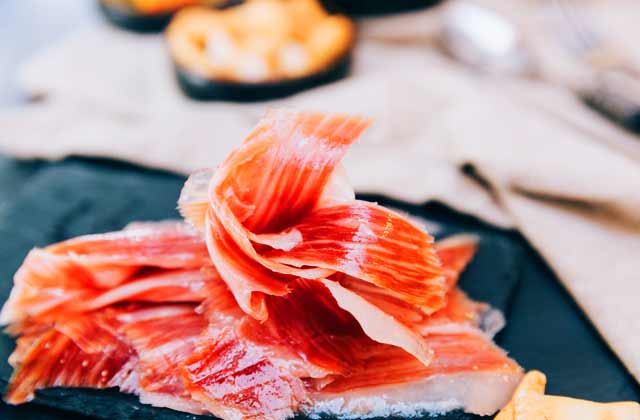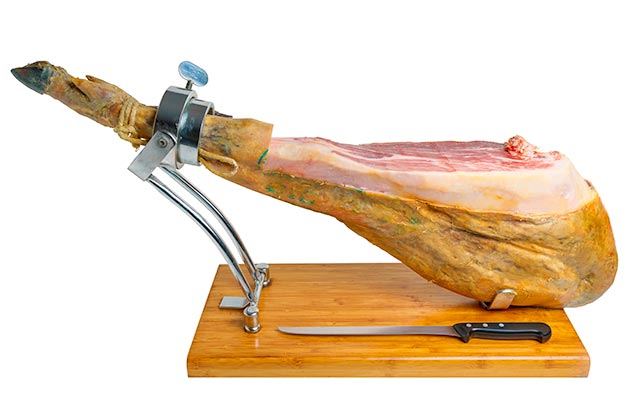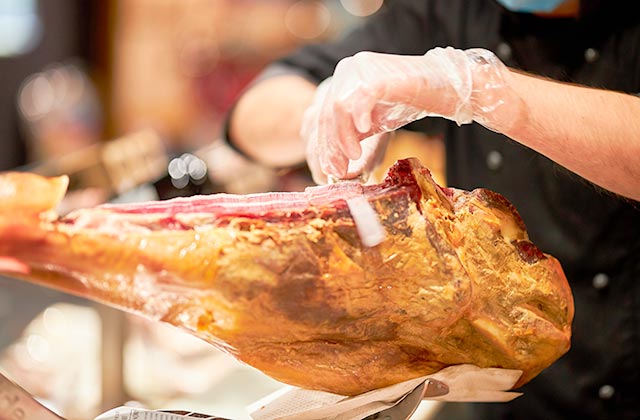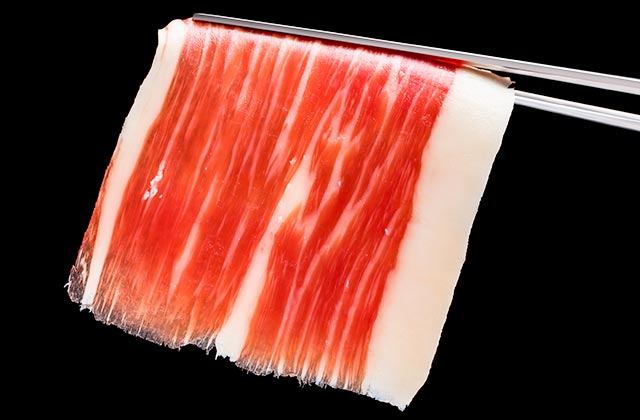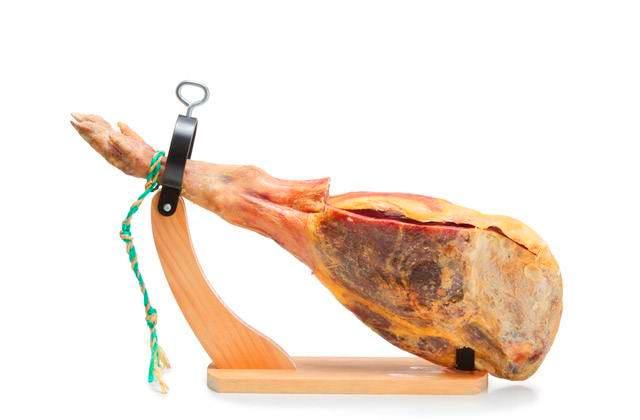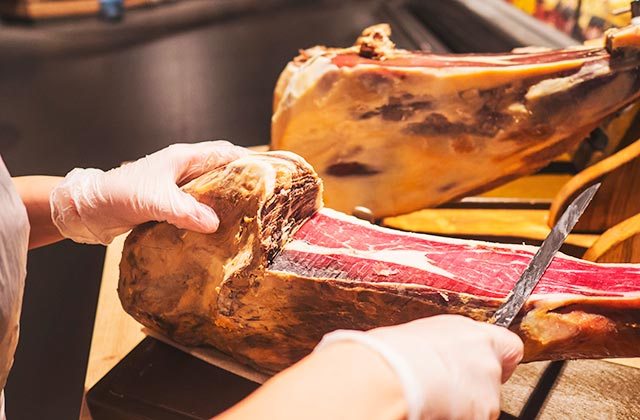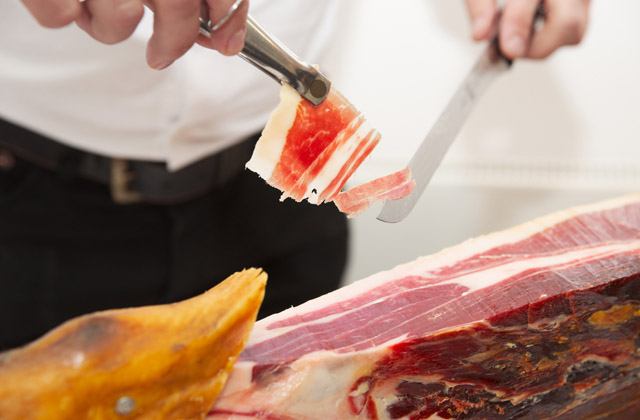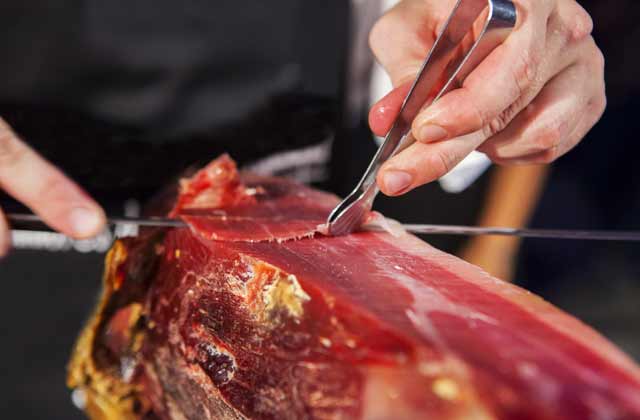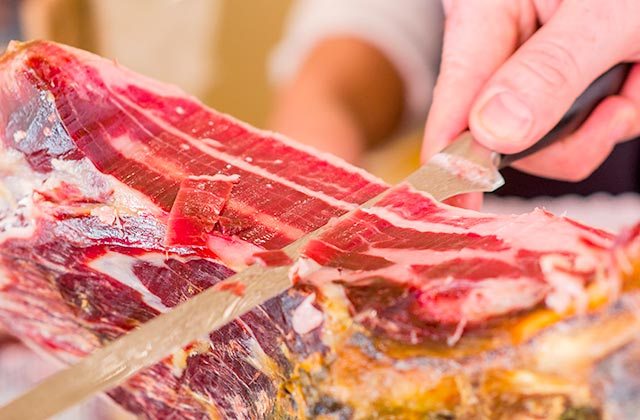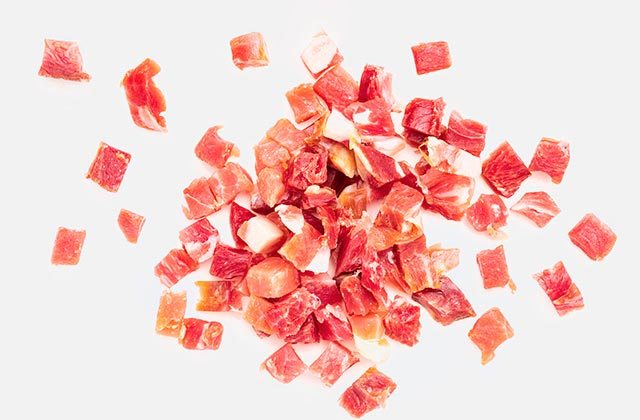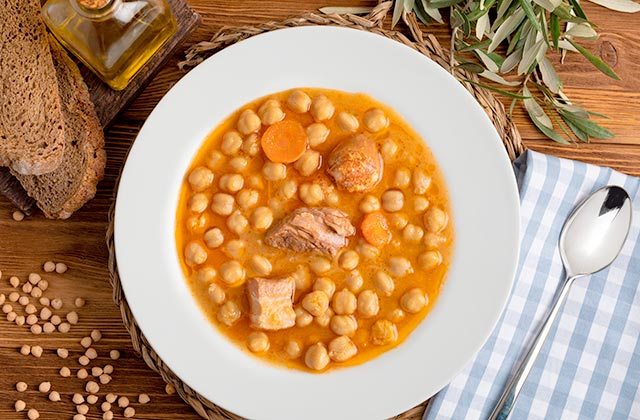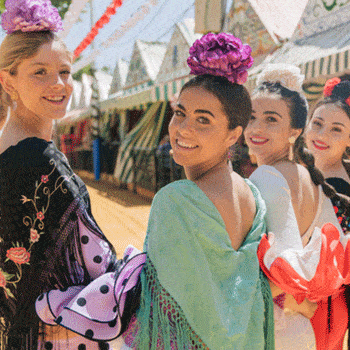
How to carve the best slices of ham. We’re pleased to introduce you to the best ham carver in Spain
Ham is Spain’s star product, but many different factors have to be taken into account before this delicacy can be perfectly enjoyed. One of these is how it is carved, as the taste of each slice very much depends on this. According to expert carvers, each slice should be the size of a credit card, which is a difficult task only achieved by the great masters.
The only thing that Sevillian born José Manuel Hidalgo Molero, a well-known friend of Fuerte Hoteles and regular participant in events held at Fuerte El Rompido, needed to become the best ham carver in Spain at the VI National Ham Carvers Competition, was a good ham support and a well sharpened knife.
Hidalgo has travelled all over the world, showing off his finesse in more than 20 countries. But this is not the first prize won by the Sevillian Throughout his career spanning over 16 years, he has been recognised on 40 occasions.
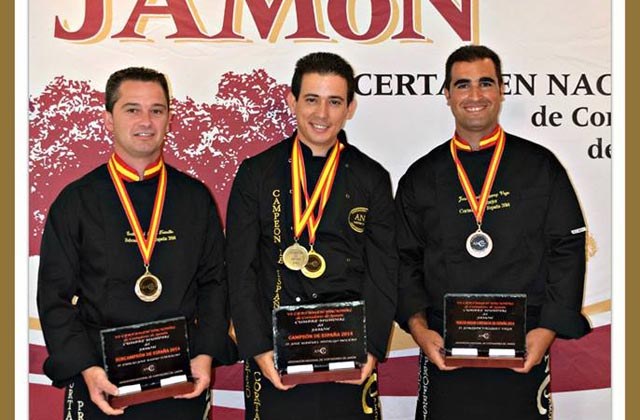
Campeón Jamonero de España 2014
There is no doubt that this expert ham carver is very successful. If you take a trip to Spain and decide to take its star product back home, don’t hesitate to sharpen your skills to get the best possible carve. Here you can find ten tips on how to become a real master carver of your own cut of ham.
1. Tools of the trade
If you’re going to carve ham, the first thing you need is some good tools to make sure you do it well. A strong support to hold the leg in place is absolutely indispensable, as well as two knives: one wide and the other long and flexible. Remember that this is a very important step, as you can damage the ham if it moves while you are carving it. Don’t forget this step; it is essential.
2. The trotter
The second step that must be followed if you want to carve ham properly is how to place it in its support. It is ideal if you can place the trotter facing downwards, so you can begin by carving this part of the leg. Use the wide-bladed knife to cut off the skin and yellow fat, but don’t throw it away, as you can use it to conserve your ham once you have finished carving for the day.
3. Fine slices
Use the ham carving knife (with a long and flexible blade) for the following step. You need a steady hand, because it is ideal if you can carve the slices as finely as possible. Beforehand, ensure that you have correctly removed the skin and yellow fat, because the ham becomes bitter and less flavoursome if you get any of this in your slice.
4. Keeping the ham
Once you have finished carving, you need to ensure that the leg is properly conserved and that it doesn’t lose its quality. To do this, take the skin and yellow fat that you cut off at the beginning and place it on top of the leg. Place a cloth on top of it and store it in a cool place, away from heat and direct sunlight. If you follow these steps, you will be able to enjoy your ham’s fine taste for longer.
5. Straight carve
Ensure that you cut as straight as possible whenever you carve your ham. You can continue to carve slices until you reach the femur, after which you have to turn the ham over. Be careful in this area, as the knife can strike the bone and cut you if care is not taken. Ham carving is a true art, but you should never forget that you are working with sharp knives.
6. Heel cut
Once you have turned the ham over and the trotter is facing upwards, you have to use the wide-bladed knife to cut the heel. This gives you more mobility when it comes to carving this part of the ham, which is the most succulent. As with the first area, remove the skin and yellow fat.
7. Differentiate between muscles
The same dynamic of carving into the thinnest possible slices should be maintained in this second area of the leg of ham. It is important to carve from the surface downwards, and observe the difference in colour as you go down through the muscles. If you’re not very experienced with handling ham carving knives, you should cut away from you so that you don’t accidentally cut yourself.
8. The hip
When you reach the hip bone, use a short pointed knife to separate it from the ham and ensure that the slices continue to come clean off the bone. Special care should be taken in this area to ensure that the stale flavour of the yellow fat and skin do not transfer to the slice.
9. Upper part
Once you have reached the bone and there is not more ham to carve, there is still one more way to enjoy your delicacy. At the top of the leg can be found the fibula, from where more morsels of ham can be carved. Unlike other cuts, this part is commonly used in Andalucian cuisine as an accompaniment to salmorejo (chilled soup) and in scrambled asparagus with mushrooms, among other dishes.
10. The bone
Absolutely every part of Spanish ham is used. Once fully carved, take the bone and cut it into pieces for cooking. It is commonly used in Andalucian “puchero” stew to add flavour. This chick pea-based dish takes on the flavour of the leg, which gives the recipe a special touch.
Now you know! Following theses tips will allow you to get maximum enjoyment from your ham and carve like a master.
Learn about different types of ham. 100% acorn-fed Iberico ham is the best
WHERE TO STAY

Hotel Fuerte El Rompido
If you want to discover the skills of the best master ham carver in Spain, don’t miss the events held at Fuerte El Rompido, where Seville born José Manuel Hidalgo Molero shows off his art live. The hotel is located on a shoulder of land that dominates the entire natural landscape of the Piedras River.
The hotel is constructed in traditional Andalucian style, in perfect harmony with the environment. It is an ideal place for rest or relaxation, or for practicing sport in natural surroundings. A 14 kilometre long virgin beach that can be accessed by boat is one of the best experiences for guests at this hotel. Enjoy the quality of a chain of hotels with more than 60 years experience.
